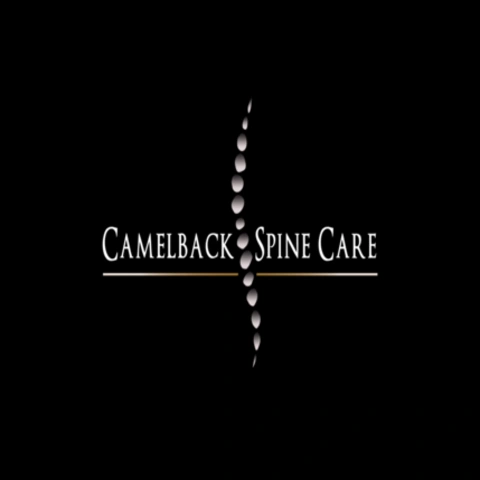
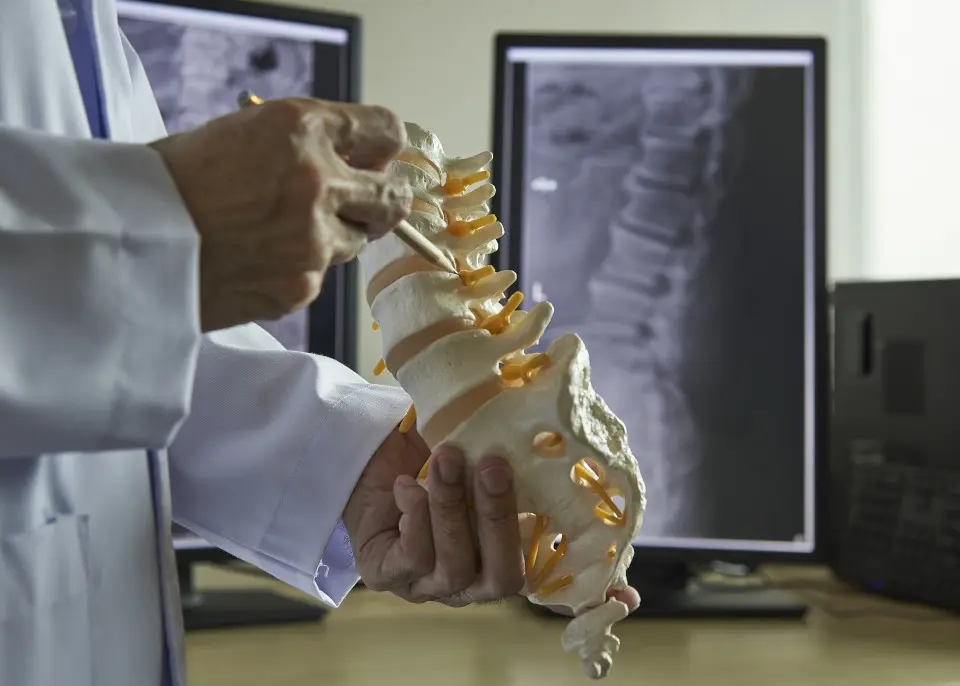
WORLD-CLASS SPINE CARE
Offering cutting edge techniques with personalized care.
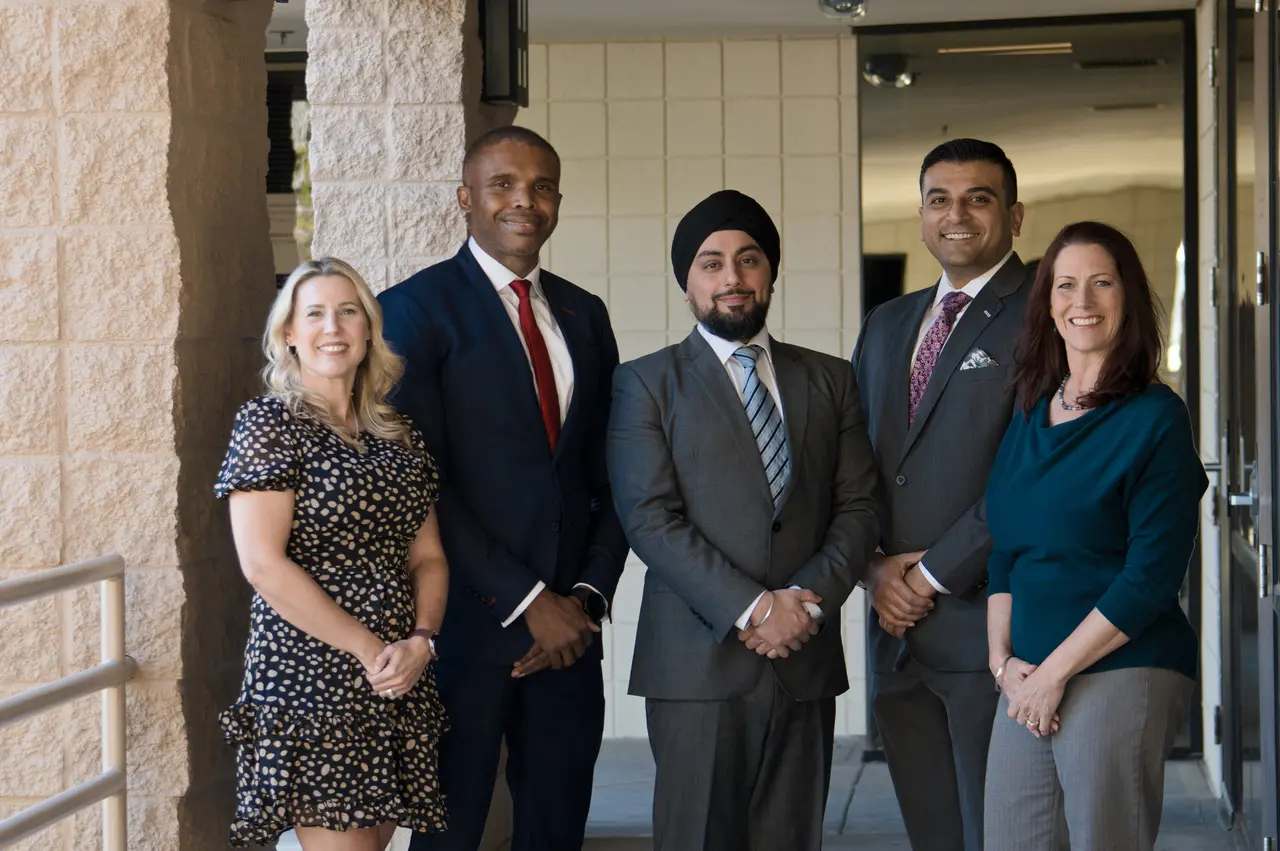
ARIZONA’S TOP RATED SPINE PRACTICE
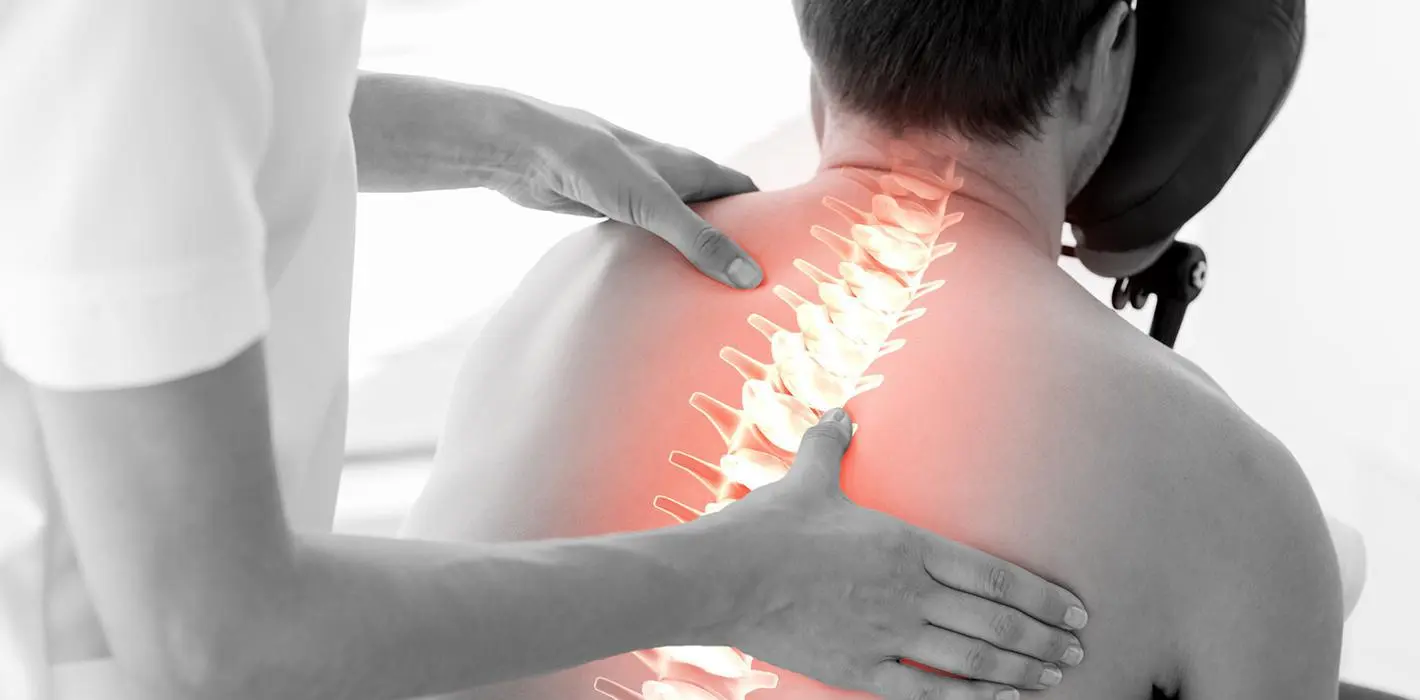
LEADERS IN MINIMALLY INVASIVE SPINE SURGERY

FEATURED IN PHOENIX MAGAZINE: TOP DOCTORS 2024
-(1).webp)
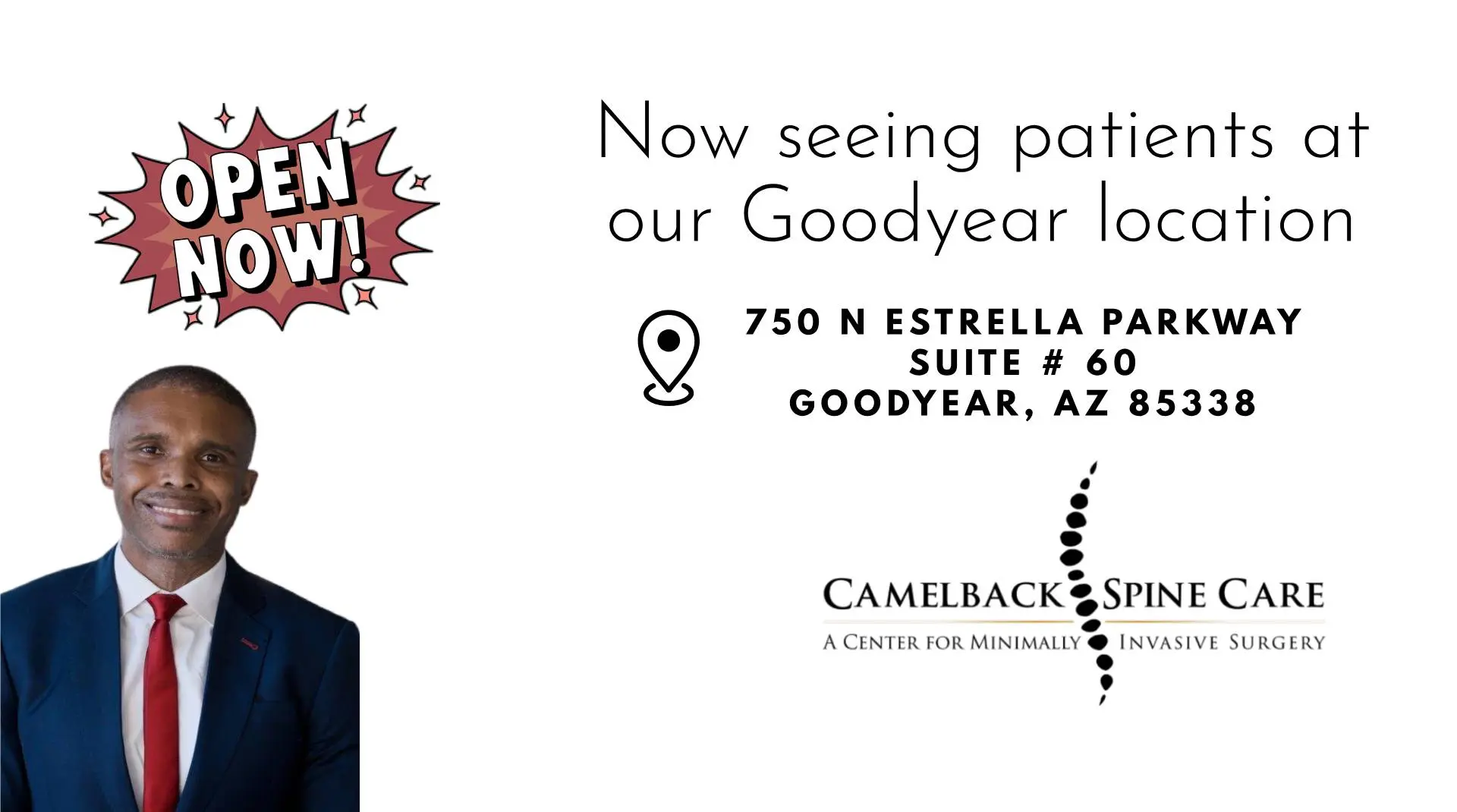
At Camelback Spine Care, we bring expert care, advanced technology, and genuine compassion unite to help you overcome back and neck pain. Our board-certified spine specialists diagnose and treat even the most complex conditions with minimally invasive techniques and personalized plans. Through fully equipped clinics in Peoria and Phoenix, we proudly extend that expert service to patients from across Arizona. Whether your concerns stem from chronic discomfort, spinal injuries, or a degenerative disorder, our experienced team is here to guide you toward lasting relief. As trusted Arizona back specialists, we remain devoted to mobility and enhancing your quality of life through safe, proven therapies tailored to you.

Harvinder S. Bedi, MD, of Camelback Spine Care, is a board-certified spine surgeon with an outstanding reputation in his field, who is bringing exceptional medical services and innovative technologies to...

Paramjit Singh, MD is a fellowship-trained orthopedic spine surgeon. He has a keen interest in treating spinal deformity, degenerative conditions of the spine, extradural spinal tumors, and trauma. He also...

Dr. Ughwanogho is a board certified, fellowship-trained orthopedic spine surgeon specializing in adult and pediatric deformity (scoliosis/kyphosis); cervical, thoracic and lumbar degenerative conditions; and spine trauma, including osteoporotic compression fractures.He...
Neck Pain
LEARN MOREOsteoporosis
LEARN MORELower Back Pain
LEARN MOREArthritis
LEARN MOREHerniated Disc
LEARN MORESpinal Stenosis
LEARN MOREDegenerative Disc
LEARN MOREScoliosis
LEARN MORE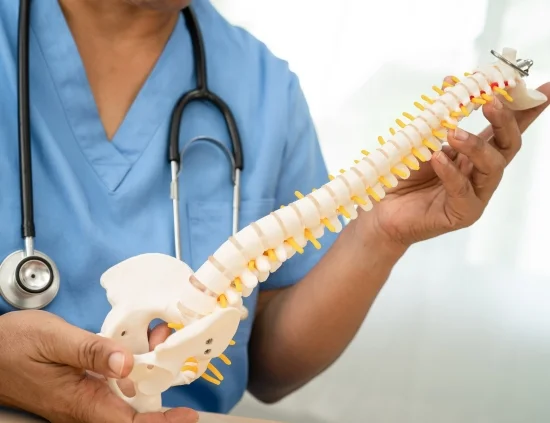
We don't just fix problems — we care for people. From your first visit to your full recovery, we promise clear answers, honesty, and comfort every step of the way.
Camelback Spine Care features board-certified back specialists in Phoenix and Peoria providing advanced, minimally invasive back care.
Our board-certified spine specialists treat herniated discs, scoliosis, spinal stenosis, degenerative disc disease, and spinal trauma using both surgical and non-surgical care.
Look for board certification, experience, and patient reviews. Our some of the best spine surgeons in Arizona, serving patients in Phoenix and Peoria.
No, not all cases require surgery. Our spinal specialists start with conservative treatments and only recommend surgery when necessary, often using minimally invasive methods.
With locations in both Phoenix and Peoria, you have access to trusted spinal care experts near you providing advanced care for a wide range of spine conditions.

Five Things You Should Do to Support Your Back
Back health isn’t just about treating problems—it’s about prevention, strength, and awareness. By taking small daily steps to protect your spine, you can maintain mobility, reduce the risk of injury, and preserve your quality of life.
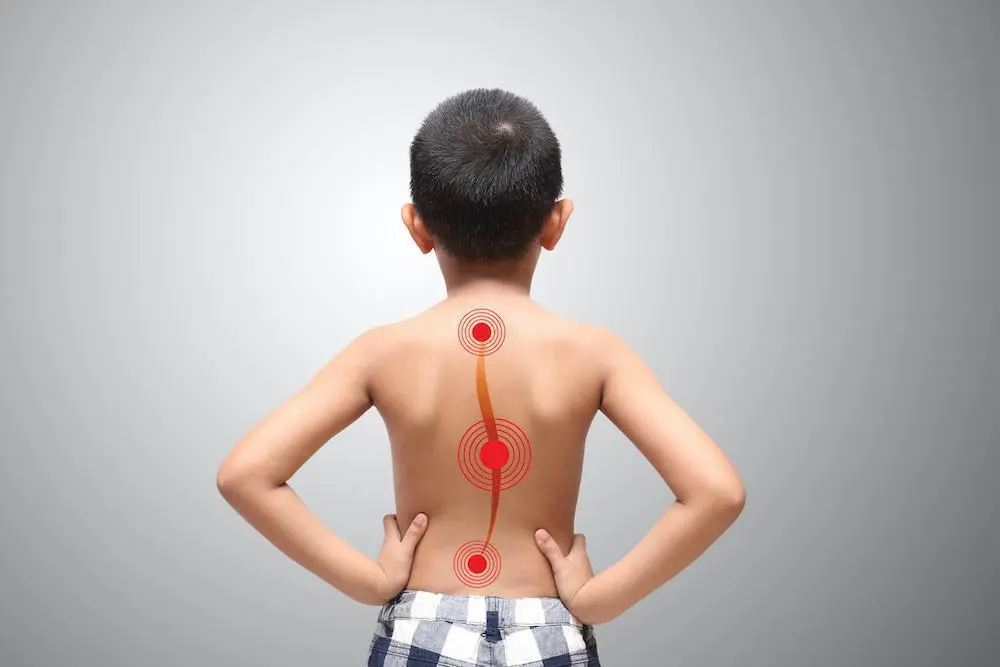
Understanding Scoliosis
Scoliosis is an abnormal sideways curvature of the spine that most often develops during the growth spurt before puberty, but it can also affect adults later in life.

Warning Signs You Have a Herniated Disc
Your spine is made up of 33 vertebrae that stretch from the base of your skull to your pelvis. The 24 movable discs are separated by 23 intervertebral discs, which are made up of a tough outer layer called the annulus and a soft, jelly-like interior called the nucleus.
PATIENT RESOURCES
Please click on the link to find out everything you need to know about your visit to Camelback Spine Care.
LEARN MOREBest Spine Specialists in Peoria, Arizona
Our Peoria clinic offers advanced, patient-centred care for all kinds of spine problems. From herniated discs and scoliosis to spinal stenosis and degenerative disc disease, we approach every case with skill and compassion. West valley residents turn to us when they want trustworthy back and spine doctors close to home.
With same-day consultations and a focus on conservative treatment options, our Peoria spine team pairs years of experience with the latest technology to deliver quick, lasting relief. Whether you're visiting for the first time or exploring a second opinion, you can count on the expert care of Camelback Spine Care in Peoria.
Expert Spine Surgeons in Phoenix, Arizona
At our Phoenix location, patients receive expert care from some of the best spine surgeons in Arizona. We specialised in all kinds of spine problems, including disc herniation, deformity and spinal injuries. Our spine & orthopaedic specialists offer both surgical and non-surgical solutions crafts a treatment just for you.
By using minimally, invasive techniques like laminectomy, microdiscectomy and cervical disc replacement, we help reduce recovery times and improve outcomes. So if you live in the East Valley and want skilled back doctors at your side, Our Phoenix teams is here to guide you toward recovery.
""